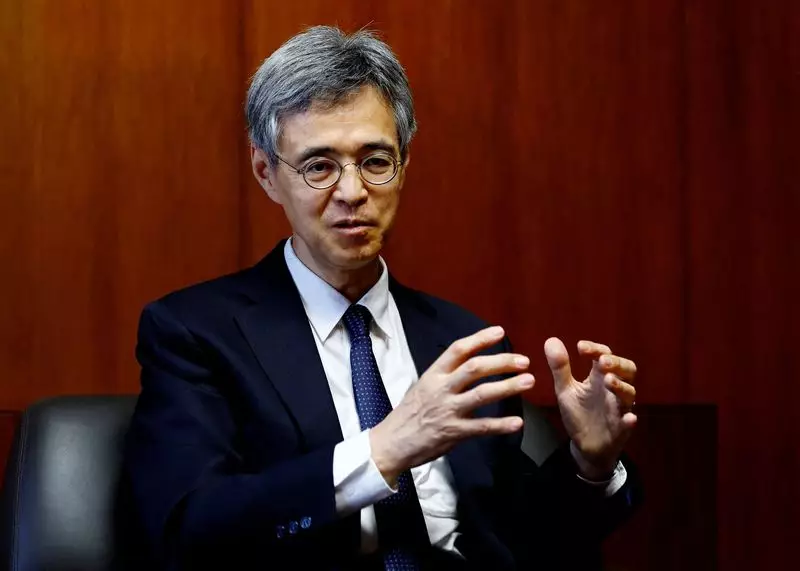Bank of Japan Deputy Governor Ryozo Himino emphasized the importance of monitoring the impact of the yen’s movements on the economy. While the weakening of the currency may influence the timing of interest rate hikes, Himino also cautioned against directly targeting exchange rates in monetary policy decisions. He emphasized the need to carefully analyze the effects of exchange rate volatility on economic activity, prices, and inflation expectations. This suggests a nuanced approach to interpreting exchange rate fluctuations within the broader context of monetary policy.
Himino highlighted the complexity of responding to exchange-rate movements by stating that the BOJ should not automatically adjust interest rates in response to currency fluctuations. Instead, he emphasized the importance of considering other factors such as economic conditions and price stability. This approach reflects a broader perspective on the interactions between exchange rates, interest rates, and overall macroeconomic objectives.
The yen’s depreciation has posed challenges for Prime Minister Fumio Kishida’s administration, leading to increased costs for households due to higher prices of imported goods. While BOJ Governor Kazuo Ueda has ruled out direct intervention to influence exchange rates, there is recognition that sustained yen weakness could impact inflation dynamics. This highlights the delicate balance required in managing exchange rate fluctuations within the broader policy framework.
Himino acknowledged the need for the BOJ to carefully manage its balance sheet, particularly in light of its impact on the economy and inflation targets. He emphasized the importance of market-driven interest rate dynamics while recognizing the BOJ’s significant presence in the bond market. This suggests a cautious approach to minimizing market disruptions and ensuring smooth policy transitions.
The BOJ’s decision to end its negative interest rate policy and yield curve control in favor of market-driven mechanisms reflects a shift towards a more flexible approach to monetary policy. By allowing long-term interest rates to be determined by market forces, the BOJ aims to promote greater efficiency and transparency in the bond market. This decision underscores the central bank’s commitment to adapting its policy framework to changing economic conditions.
The anticipation of a potential interest rate hike by the BOJ reflects market perceptions of the central bank’s future policy direction. The recent rise in government bond yields has raised expectations of a shift towards tighter monetary policy measures. The upcoming policy meeting on June 13-14 will be closely watched for signals of the BOJ’s intentions regarding its bond purchasing program.
The relationship between exchange rates and monetary policy is complex and multifaceted. While exchange rate movements can influence economic conditions and inflation dynamics, central banks must navigate a range of factors in setting interest rates and managing their balance sheets. The BOJ’s stance on allowing market forces to determine long-term interest rates reflects a commitment to fostering a more efficient and sustainable policy framework. As global economic dynamics continue to evolve, central banks will need to adapt their policies to ensure stability and growth.

